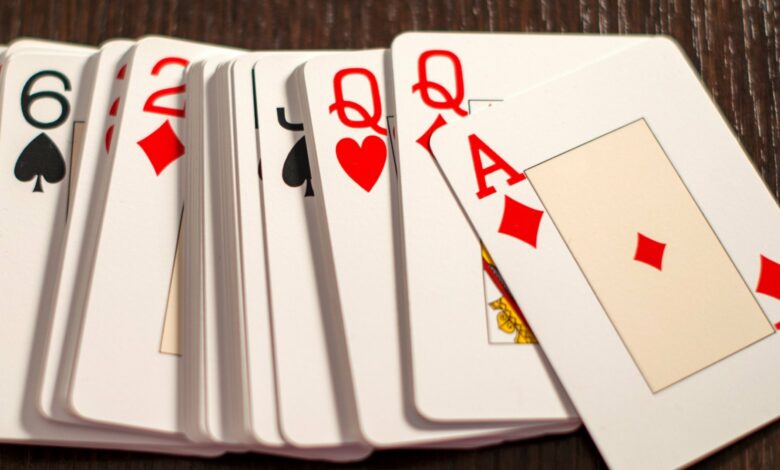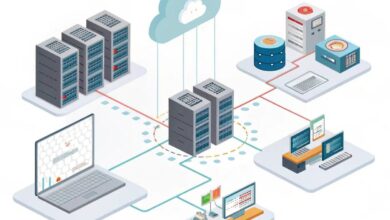
Playing cards is not that easy, but if you have read enough on the game, then you can surely make a name for yourself in this category. All you have to do is search on the internet about topics such as ‘Poker terms’, and you will be inundated with the information available online. However, most of the information on the web is not worth much. That’s why we have carved out the most basic but relevant information, which you should not miss out on if you love to play cards. By following this set of information, you will be able to take a step higher in the level of expertise the game requires.
Information to Keep in Mind While Playing Cards
Some of the most relevant information while playing cards are as follows:
Know your Game
It is extremely important to understand poker terms on GetMega & the kind of card game you are going to play before you actually play it. There are several card games that are quite too easy to catch up with, but others need a good deal of understanding. For instance, if you love to play poker, then the best way to start with it is to learn the terms associated with the game. As soon as you understand terms like backdoor and backbeat, you will be able to play the game in a professional manner. Different games have different sets of rules. So, understand the rules well before you make a move.
It is always better to read about a game than to play it outright without knowing more than the basics.

Understand the Deck
A standard deck has 52 cards, and this is the most common form of deck used anywhere. The first thing you should figure out here is the use of cards in this standard deck. Their ranks and valuations play a key part in deciding the outcome of the game. There are several variations of a standard 52 cards deck. Depending on your comfortability, you can choose which variation you prefer.
Poker
Among the games, poker remains the most popular all over the globe. So, learning the game of poker will give you the exposure to play almost anywhere with anyone who loves to play cards.
The popularity of poker springs not only from the interesting game format it has but also because of the wagering it entails. What this implies is that you can actually win money by playing this popular game. The rules of the game are quite simple. In the standard version of poker, the players make a bet depending on the rank their hold.
Then the turn comes for the next player, and it continues in the clockwise direction. As each player’s turn comes, he will either have to match the maximum bet that has been made so far by the previous player or fold – wherein he will have to give up on his present bet and would no longer continue with the game. This way, the game proceeds and ends only with the last bet or fold. If more than one player is left in the final bet, then a showdown takes place where everyone has to reveal their cards.
Once you learn poker and poker terms, you can consider yourself well into the game of cards.

Know When to Give In
It usually happens that a player, while playing a game, for instance, poker, understands that he has a weaker set of cards or rank even then he does not give up. This is a poor strategy in the game of cards. You must know poker terms, knowing your weakness is as important as knowing your strength. Knowing when to fold comes really handy if you are wagering in the game. Going out of sight just for some extra profit often does not turn out well.
Learn the Strategies
Each game comes with its own strategy. By applying these strategies, you increase your chances of winning the round. Therefore, it is important that you do a bit of research about the game you play. For instance, if you love to play rummy, then there are few tips that can help you do well in the game with an opponent.
- Arrangement of the cards in rummy is quite important. Arrange the cards in such an order that you do not get confused about them while making the sets. Also, it will help you to hide or show the cards better.
- Pay heed to what cards your opponents are discarding. This will give you an idea about what sequences you should be giving priority to.
- Joker plays an essential role in rummy. They can be used to form a sequence. So, know well when to use the joker in the game of cards.

With all of this information, you will be able to play popular games like poker and rummy without any difficulty. Some card games can be a bit complex to begin with, but once you get the hang of it, things will automatically fall into place.




